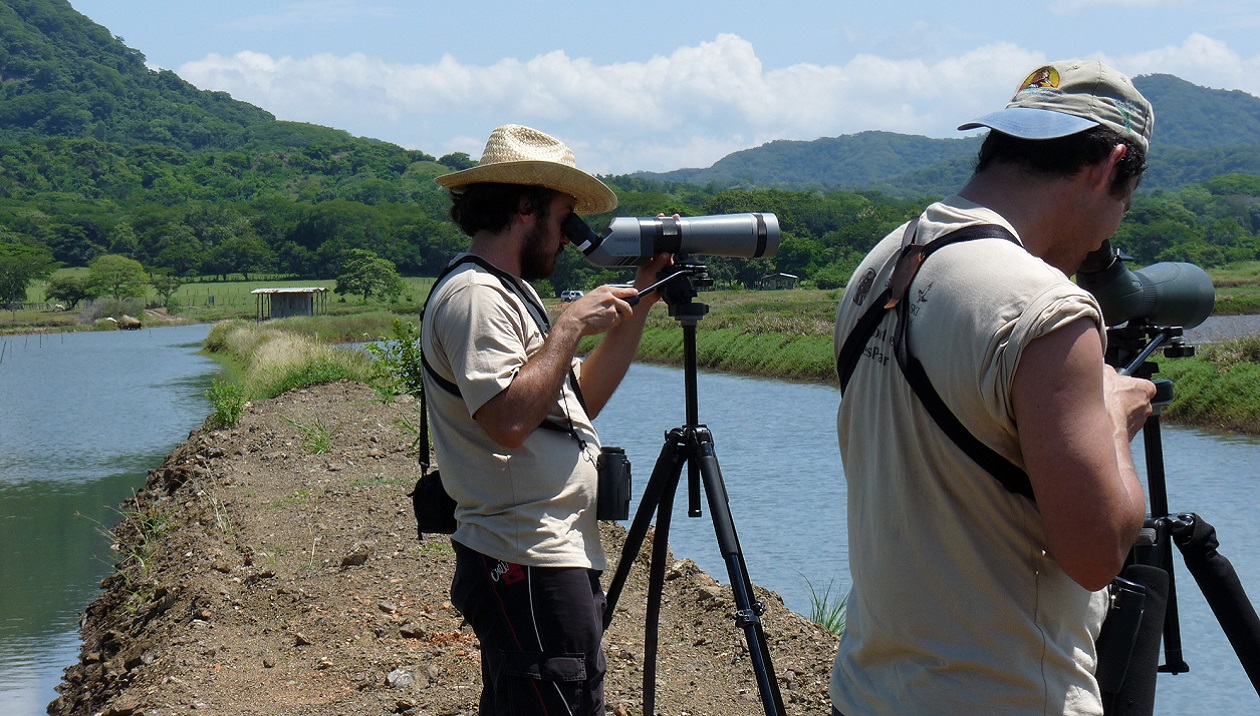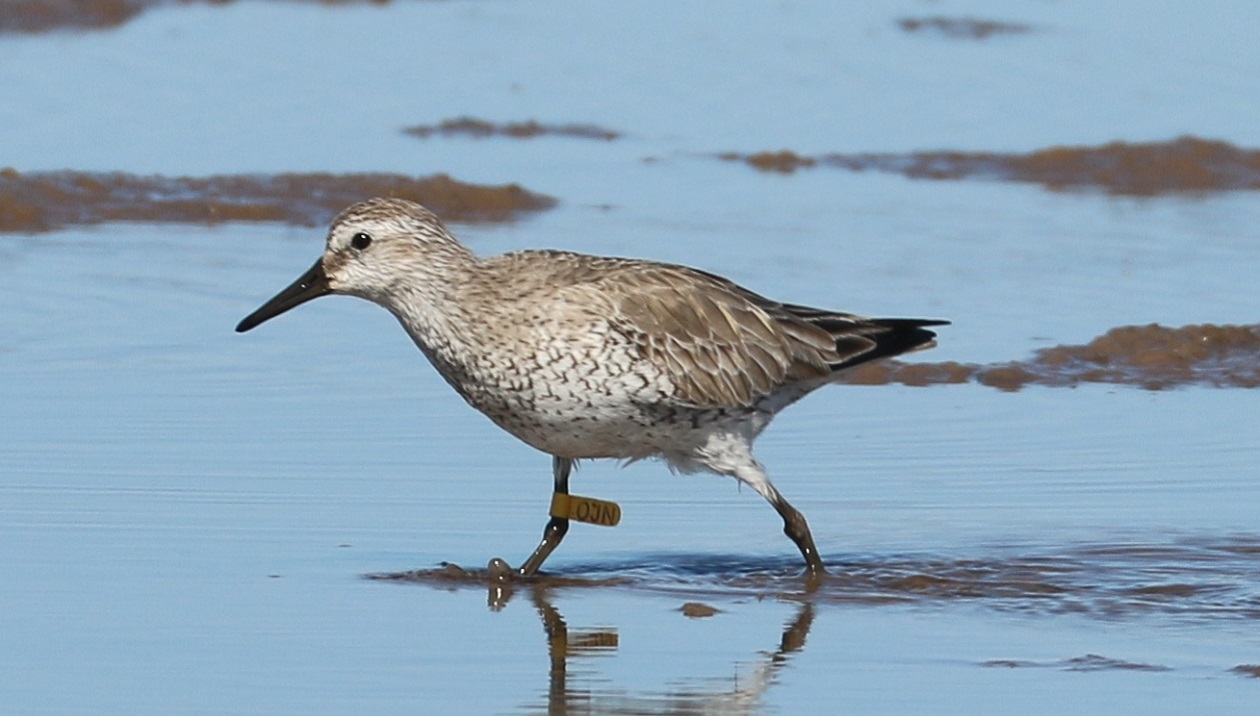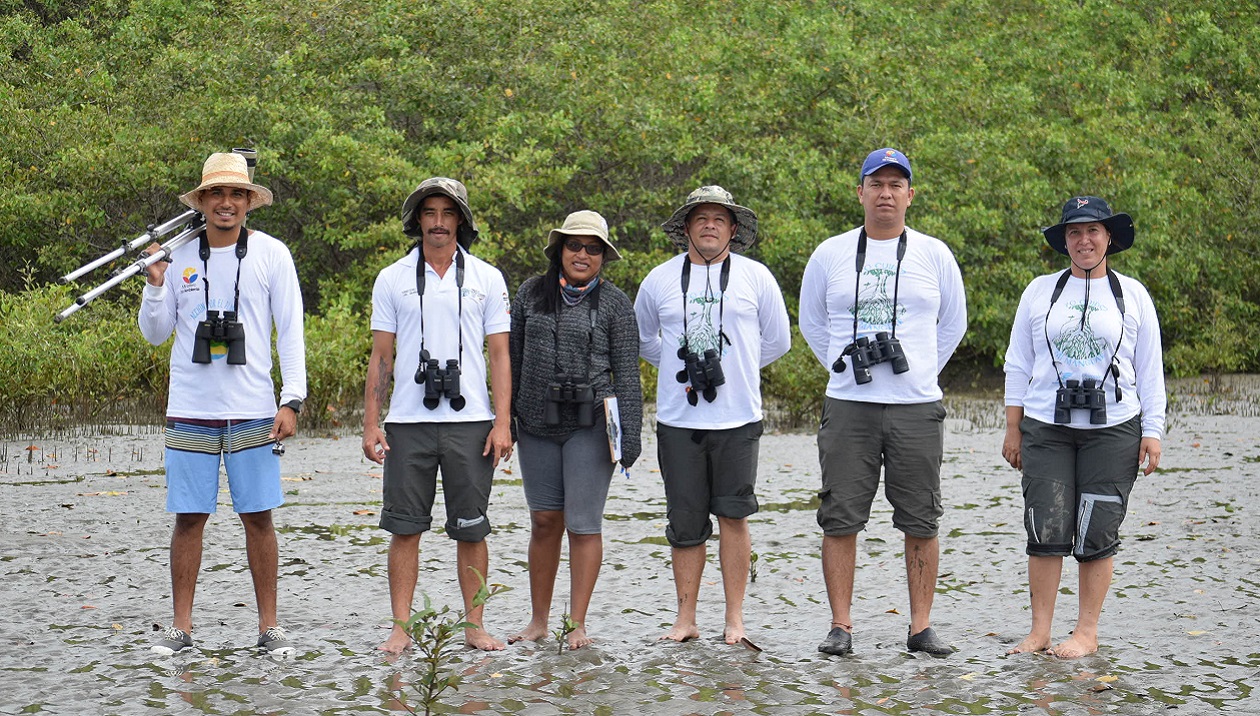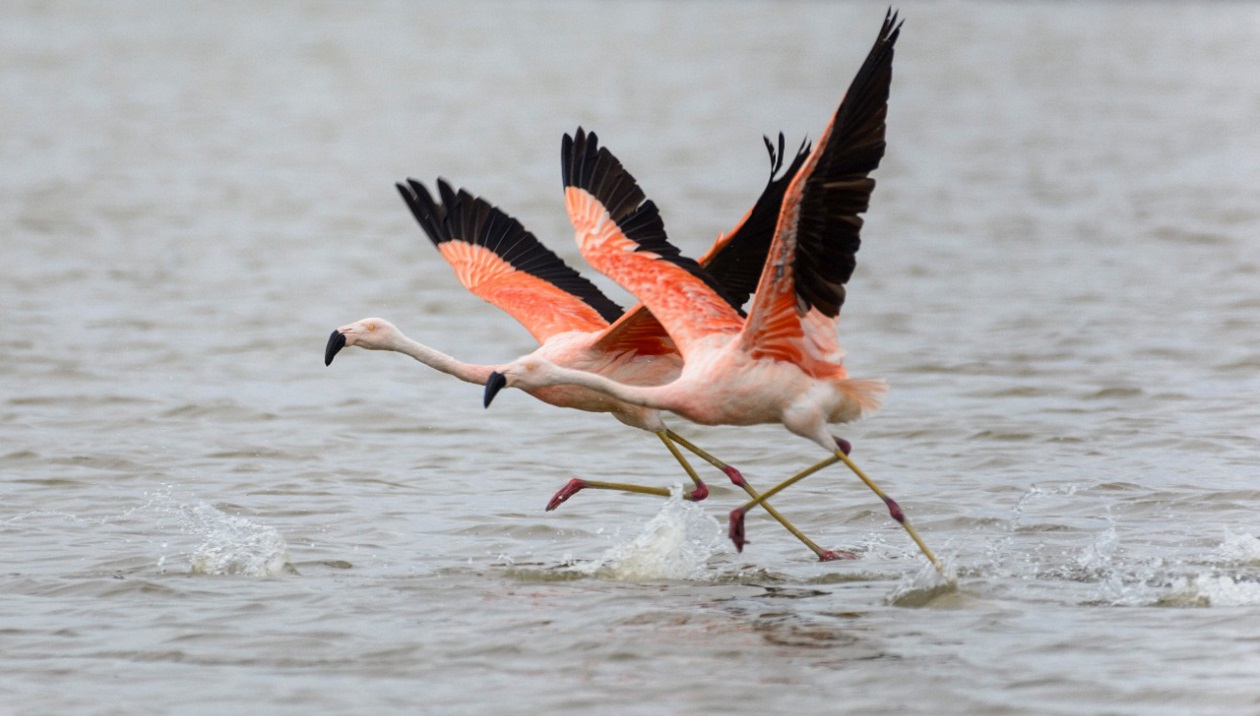When evading a predator, there is safety in numbers. But for shorebirds, there is also danger in numbers. Many shorebird species gather in large numbers at just a few specific sites to rest and refuel during migration. Threats to habitat at any one of these critical staging areas could mean destroying a species’ whole flyway population.
Shorebird populations have been reduced to a fraction of what they once were. To recover these species, it is essential to protect a network of these stopover sites, ensuring that shorebirds have a safe place to rest and feed on their long migrations.
The Western Hemisphere Shorebird Reserve Network (WHSRN), founded in 1986, seeks to address the threats that face shorebirds with a site-based, partnership-driven conservation initiative for protecting critical habitats for shorebirds throughout the Americas.
With the addition of four new sites in May 2021, there are now 111 WHSRN sites in 18 countries. The four new sites are the Gulf of Nicoya, Costa Rica; Yavaros-Moroncárit lagoons, Mexico; Isla Corazón y Fragata Wildlife Refuge, Ecuador; and Canal de Jambelí, Ecuador.
“The core of WHSRN is the partners. Without the partners on the ground working to protect shorebirds and their habitat, the challenges shorebirds face would be unsurmountable” says Rob Clay, Vice President of Flyways. “Adding four new sites to WHSRN magnifies the effort of all shorebird conservation action across the hemisphere.”
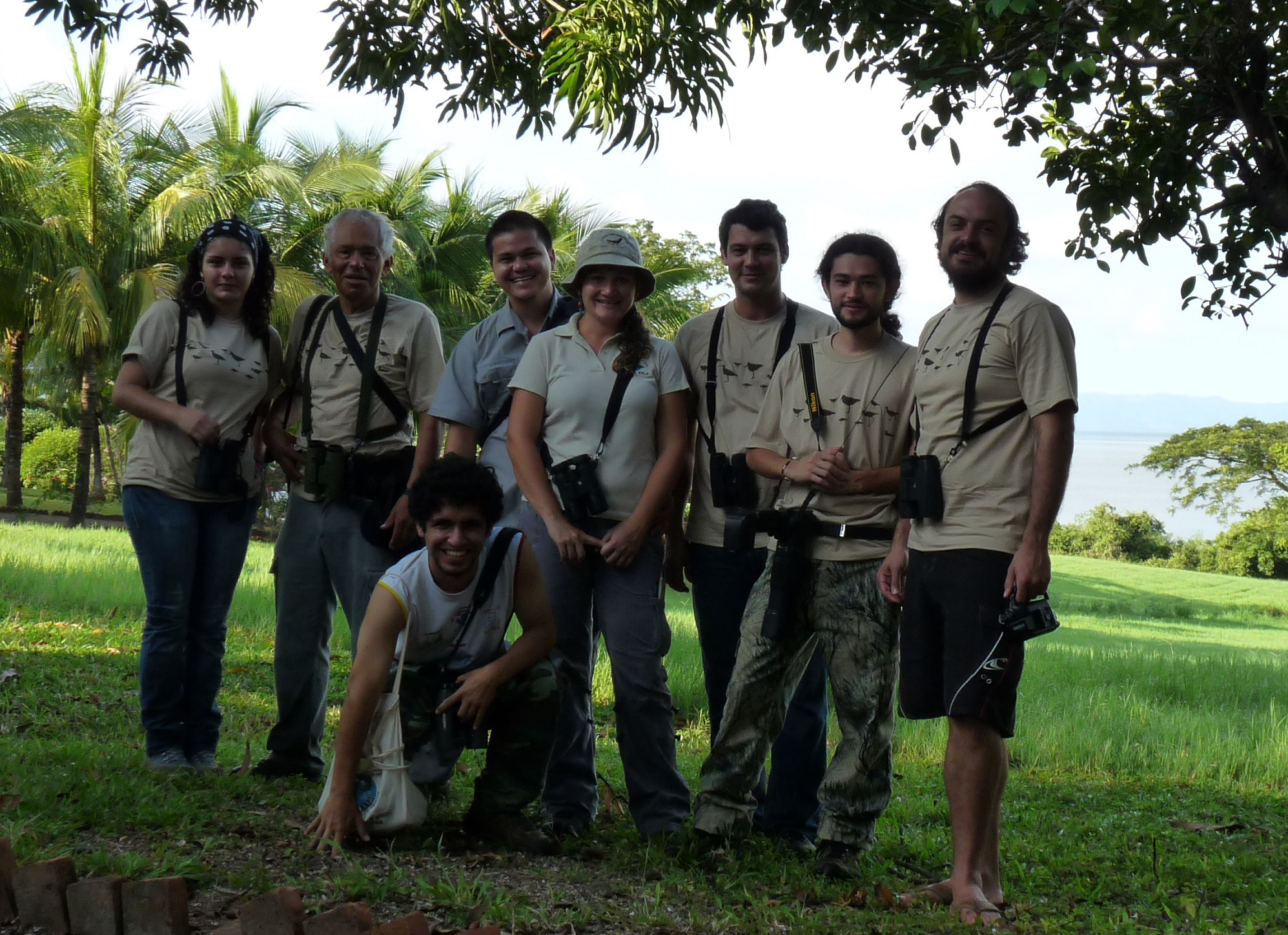





 Back to all
Back to all
